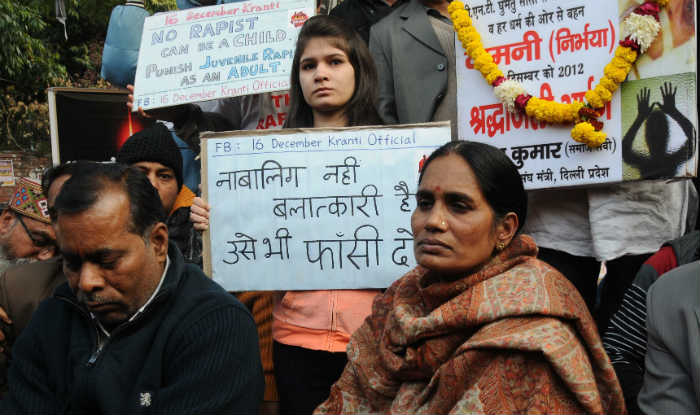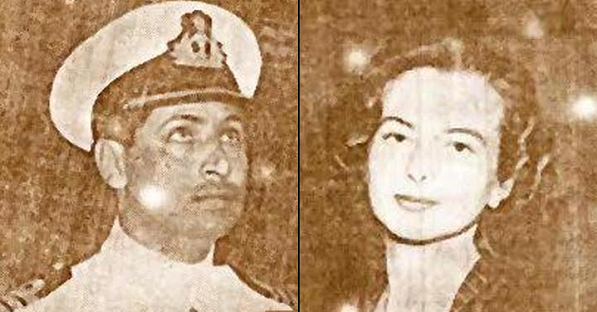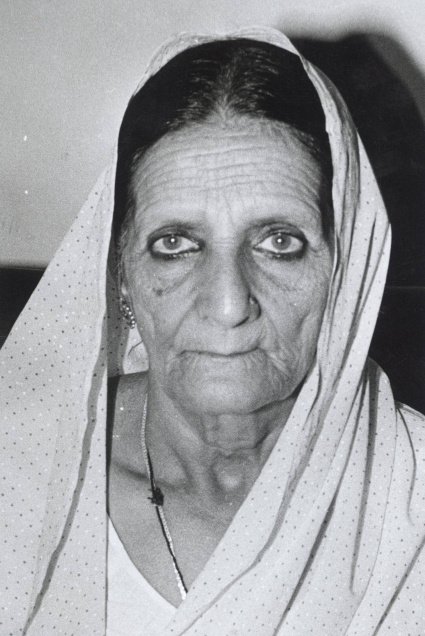What Are Exoplanets And How NASA Detects Life Beyond Our Solar System
Bharti Airtel Set To Acquire Telenor India Within This Year
Google Celebrates NASA’s Discovery Of Seven Earth-Like Planets With An Animated Doodle
Some Home Remedies That Might Sound Bizarre But Actually Work Like A Charm
Akshay Kumar Feels He Has Made Enough Money, Now Wants To Focus On Content & Characters
Delhi ATM Dispenses Fake Rs 2000 Notes From ‘Childrens Bank of India’ With ‘Churan Lable’
Adolf Hitler’s Personal Telephone During World War II Is Up For Auction In The US
From Salman Khan To Rekha, Neil Nitin Mukesh’s Wedding Reception Was Quite A Starry Affair
7 Landmark Court Cases In History That Made Way For New Laws In India
As is the case with everything else, a country's judicial system evolves with time. The society goes through a lot of changes and to keep in tandem with it, the laws of the land need to be modified as well. Many cases in India have gained media attention and have left certain impressions not only on the public but the lawmakers as well. Based on some cases, certain laws had to be created or modified, making them landmarks in our judicial history. Here are 7 such cases that led to the creation of new laws: Shah Bano Begum vs Mohd Ahmed Khan - A win for secularism & Muslim women across the country Shah Bano was a mother of five and aged 62 when she was divorced by her husband, Mohd Ahmed Khan, in 1978. She filed for alimony, which was against Islamic customs. The government, thus, ruled in favour of her husband. The Supreme Court, however, keeping secularism and the welfare of women in mind, ruled in favour of Shah Bano. Thus, entitling her to maintenance under Section 125 of the Criminal Procedure Code. This judgement now entitles all ex-Muslim wives to basic maintenance of 3 months from their ex-spouses, post which their care is handed over to their relatives or the WAKF board.
The Nirbhaya Case - Led to the change in the Juvenile Justice Act
On 16th December, 2012, a brutal case of gang rape & murder shook the nation. A 23-year-old girl was assaulted and raped in a bus. The criminals then threw her lifeless body onto the road.
There were 6 people involved, 5 adults and a juvenile, aged 17. The adults were sentenced to 10 years in prison, while one of them was found dead in his jail cell during the course of the trial. The juvenile was sent to correctional facility for 3 years.
But brutal acts in this case had shocked people beyond belief. There were protests to try him as an adult. This subsequently led to the replacement of our Juvenile Justice Act, 2000. The age bar to be tried as an adult was lowered from 18 to 16 years.

KM Nanavati vs State of Maharashtra - The death of jury trials
KM Nanavati was a naval officer. His wife, Sylvia, had an affair with his friend, Prem Ahuja. On 27th April, 1959, Sylvia confessed to her husband that she was in love with Ahuja, but he did intend to marry her. Nanavati then dropped his wife and children off at the theatre and went to confront Prem Ahuja. He asked him if he was willing to marry Sylvia & take care of the children. He refused, so Nanavati shot him dead and turned himself in.
The intriguing story received a lot of media coverage and the jury was said to have been 'influenced' by it. Nanavati's connections with the influential families were also cited as reasons for the jury to rule in his favour.
The case then went to Bombay High Court, where the judge overruled the jury's verdict and found Nanavati guilty of murder, and sentenced him to life imprisonment. He was however pardoned 3 years later. The case threw light on the fact that a jury could be influenced, thereby abolishing the jury system.






